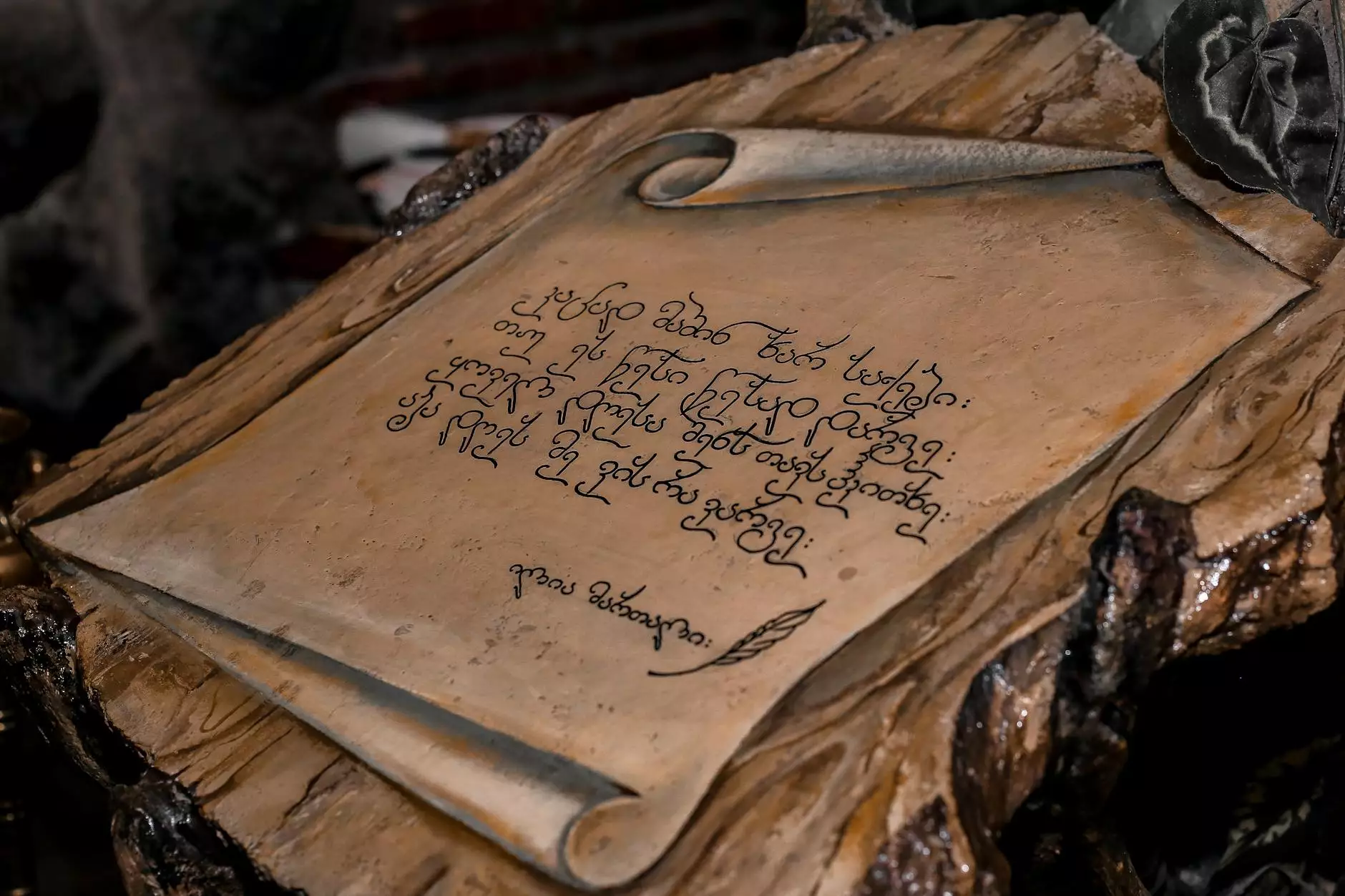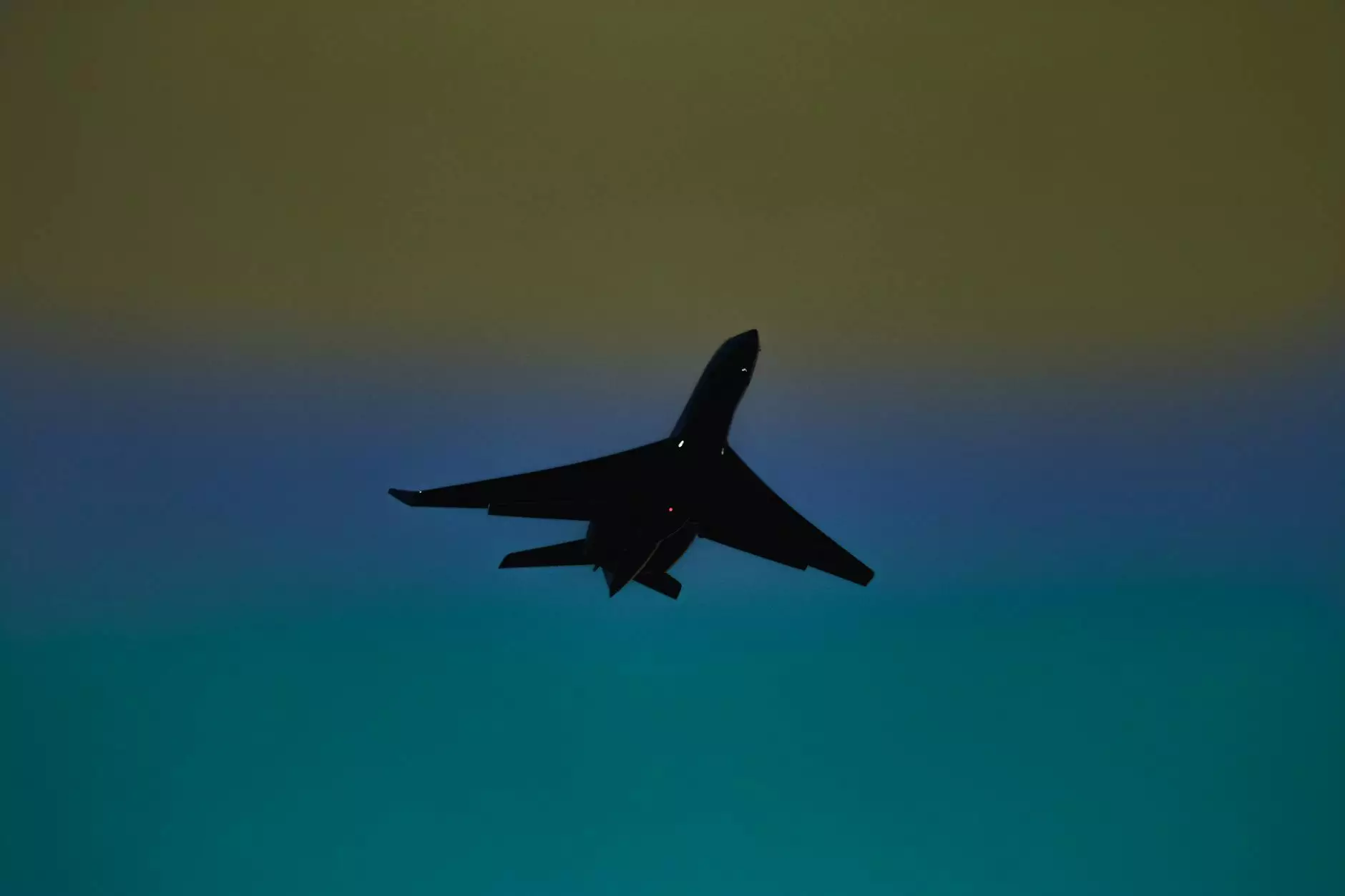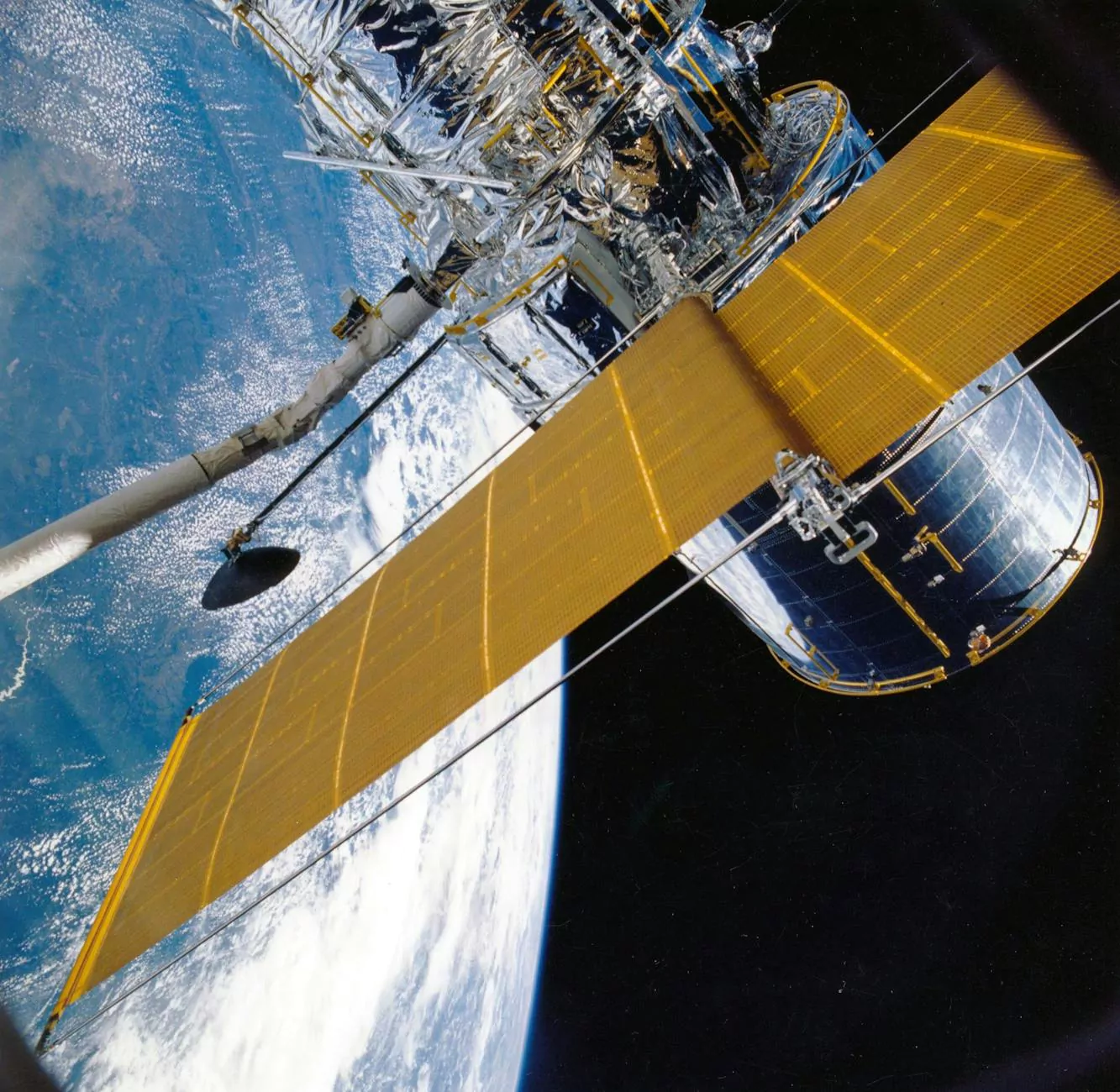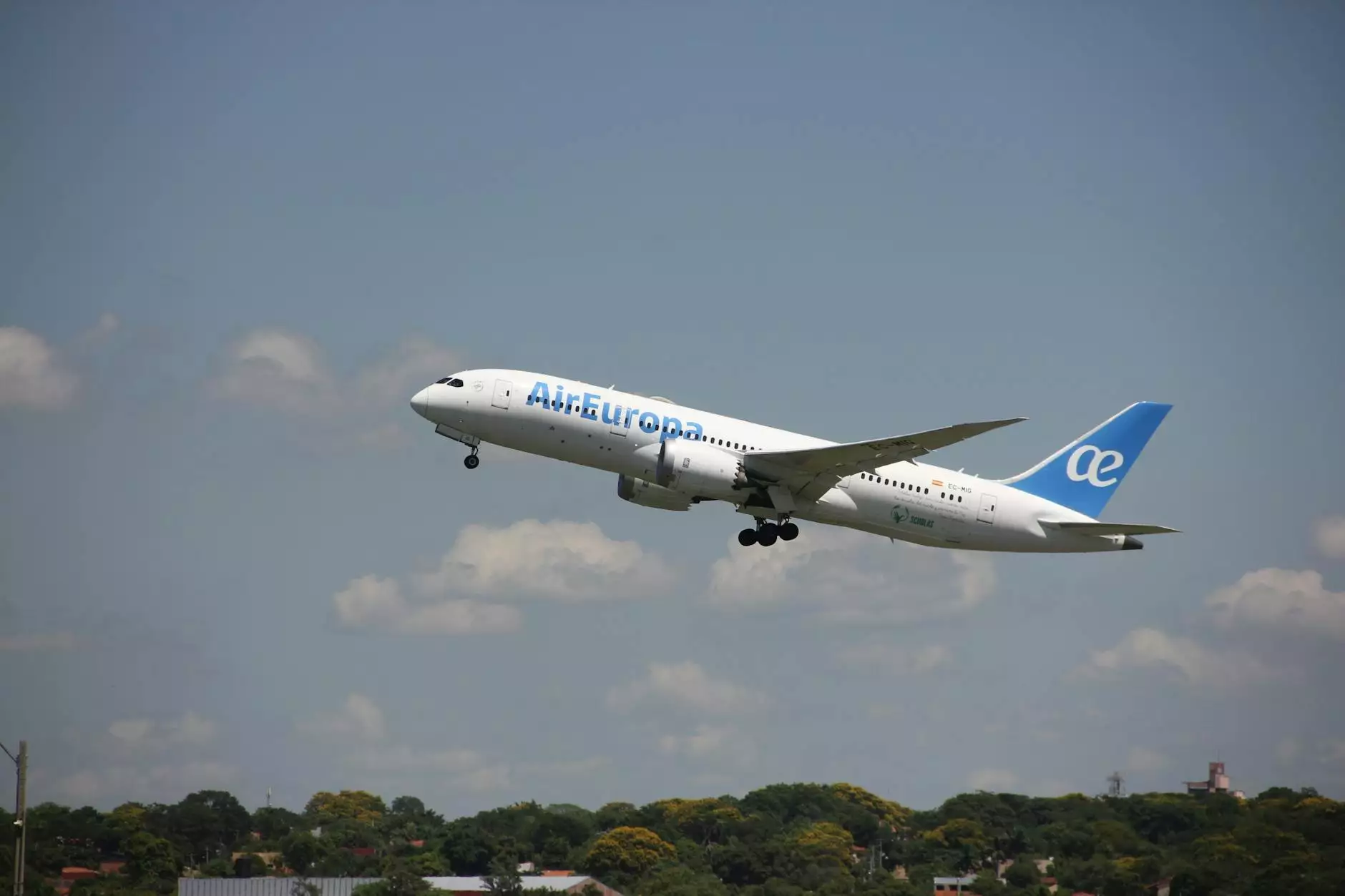Model Airplane: Pan Am Express, de Havilland DHC-7

Welcome to La Historia Society's collection of model airplanes! In this section, we will dive into the captivating world of the iconic Pan Am Express de Havilland DHC-7 model airplane. Prepare to be amazed by its history, design, and significance.
Introduction to the Pan Am Express, de Havilland DHC-7 Model Airplane
The Pan Am Express, de Havilland DHC-7 model airplane is a true gem in the aviation industry. This particular model, cherished by aviation enthusiasts and collectors alike, represents a significant era in the history of aviation, specifically the early 1970s.
The de Havilland DHC-7, commonly known as the Dash 7, was a pioneering turboprop aircraft built by de Havilland Canada. It was developed to meet the growing demand for short-haul flights, offering improved efficiency and a remarkable level of comfort for passengers. Pan Am Express, a subsidiary of the renowned Pan American World Airways, recognized the potential of this aircraft and became one of its major operators.
History of the Pan Am Express, de Havilland DHC-7
The de Havilland DHC-7 was conceived as a response to the airline industry's need for efficient, regional transport. The aircraft's development started in the late 1960s and it took its first flight in 1975. Pan Am Express quickly saw the advantages offered by the advanced turboprop technology, which allowed for smooth operations in short-distance routes.
With its vibrant blue and white livery, the Pan Am Express de Havilland DHC-7 instantly stood out on airport tarmacs around the world. It played a crucial role in expanding Pan Am Express' route network, connecting smaller communities and offering passengers a reliable and comfortable travel experience.
Design and Features of the Pan Am Express, de Havilland DHC-7
The Pan Am Express de Havilland DHC-7 model airplane boasts an impressive design that reflects its purpose as a regional aircraft. Its unique high-wing configuration, along with its four powerful Pratt & Whitney Canada PT6A engines, enables it to operate effectively in short takeoff and landing (STOL) conditions.
The cabin of the de Havilland DHC-7 offers a spacious and comfortable environment for passengers. With its advanced soundproofing and a maximum seating capacity of up to 50 individuals, the aircraft guarantees a pleasant travel experience even on shorter flights.
Significance of the Pan Am Express, de Havilland DHC-7
The Pan Am Express de Havilland DHC-7 model airplane represents a significant chapter in the evolution of aviation. This aircraft, with its advanced turboprop technology and excellent performance in regional routes, revolutionized the way people traveled in the 1970s. It opened up new possibilities for connecting communities and fostering economic growth.
Moreover, the Pan Am Express, de Havilland DHC-7 holds a place of sentimental value for aviation enthusiasts and collectors who appreciate its unique design and its role in the history of aviation. Owning a well-crafted model replica allows them to celebrate this remarkable aircraft and its impact on the industry.
Conclusion
The Pan Am Express, de Havilland DHC-7 model airplane is a testament to the innovation and progress in the aviation field. Its sleek design, efficient performance, and historical significance make it a captivating piece in the La Historia Society's collection.
We invite you to explore our extensive collection of model airplanes and discover more fascinating stories like this one. At La Historia Society, we strive to bring you the most comprehensive insights into the world of aviation and its significant contributions to society.
Join us on this journey of exploration, discovery, and appreciation for the rich history of aviation. Visit our website today and experience the wonder of model airplanes like never before.









